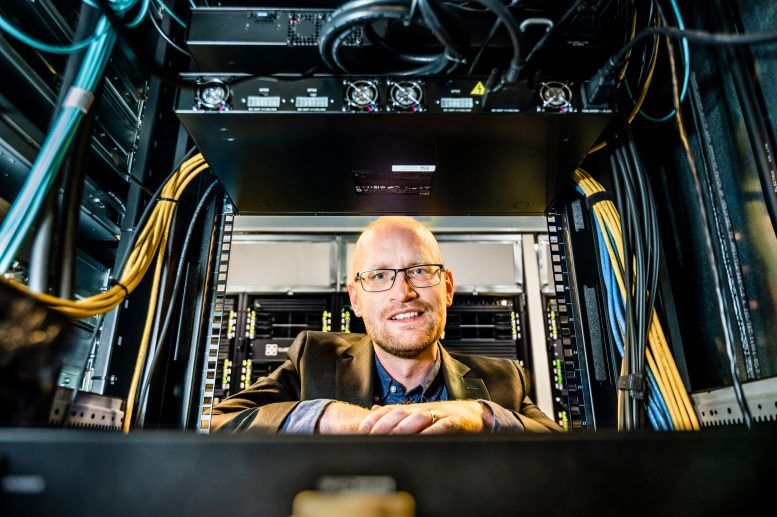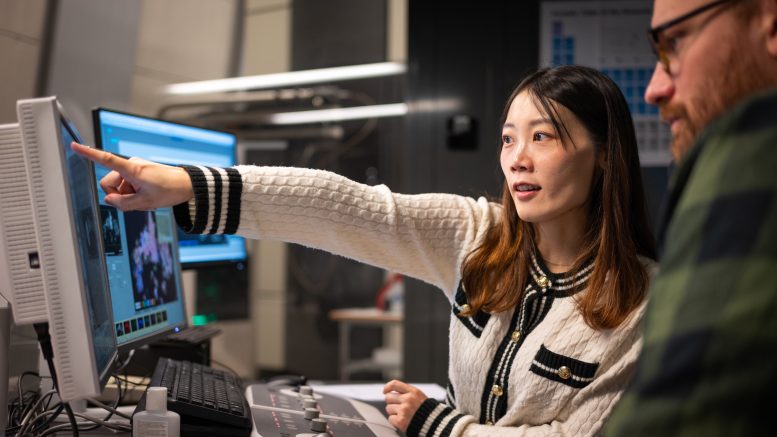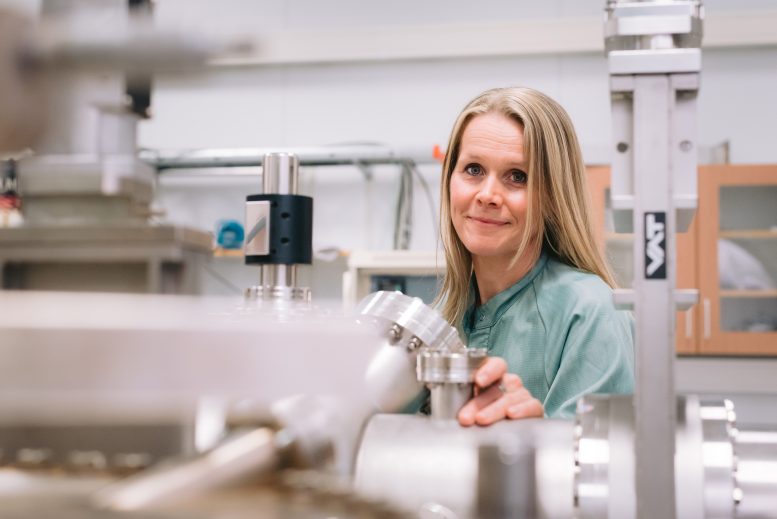
Researchers at Linköping University in Sweden have developed a new method that could lead to the synthesis of hundreds of new 2D materials, which are only a few atoms thick and exhibit unique properties useful in various applications like energy storage and water purification. This advancement, based on a theoretical model validated in the lab, has broadened the potential for creating more 2D materials beyond the known family of MXenes, paving the way for diverse technological applications.
Materials that are incredibly thin, only a few atoms thick, exhibit unique properties that make them appealing for energy storage, catalysis, and water purification. Researchers at Linköping University, Sweden, have now developed a method that enables the synthesis of hundreds of new 2D materials. Their study has been published in the journal Science.
Since the discovery of 
Jonas Björk, associate professor at Linköping University. Credit: Thor Balkhed
“In a film that’s only a millimeter thin, there can be millions of layers of the material. Between the layers, there can be a lot of chemical reactions and thanks to this, 2D materials can be used for energy storage or for generating fuels, for example,” says Johanna Rosén, professor in Materials physics at Linköping University.
The MXenes Family and New Theoretical Models
The largest family of 2D materials is called MXenes. MXenes are created from a three-dimensional parent material called a MAX phase. It consists of three different elements: M is a transition metal, A is an (A-group) element, and X is carbon or nitrogen. By removing the A element with acids (exfoliation), a two-dimensional material is created. Until now, MXenes has been the only material family created in this way.
The Linköping researchers have introduced a theoretical method for predicting other three-dimensional materials that may be suitable for conversion into 2D materials. They have also proved that the theoretical model is consistent with reality.

Jie Zhou, assistant professor at Linköping University. Credit: Olov Planthaber
To succeed, the researchers used a three-step process. In the first step, they developed a theoretical model to predict which parent materials would be suitable. Using large-scale calculations at the National Supercomputer Centre, the researchers were able to identify 119 promising 3D materials from a database and a selection consisting of 66,643 materials.
The next step was to try to create the material in the lab.
“Out of 119 possible materials, we studied which ones had the chemical stability required and which materials were the best candidates. First, we had to synthesize the 3D material, which was a challenge in itself. Finally, we had a high-quality sample where we could exfoliate and etch away specific 
Jie Zhou, assistant professor at Linköping University. Credit: Olov Planthaber